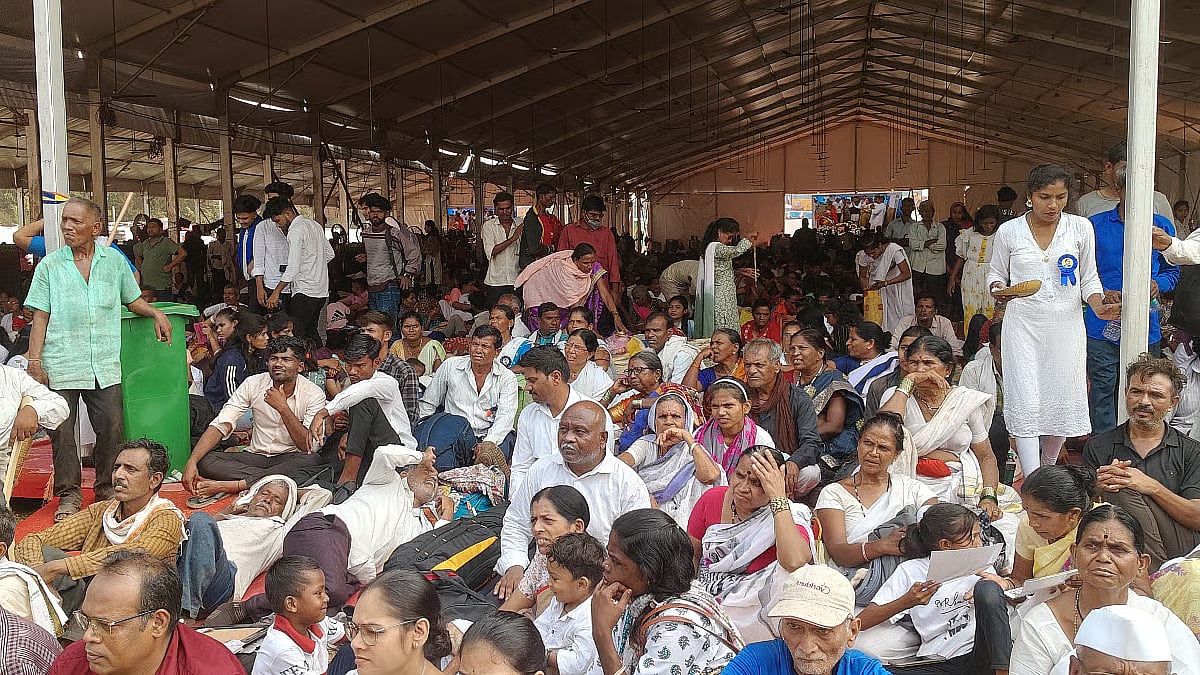Even as children, I believe girls are conscious of how their sex is crowded out of public spaces, now while this physical disquiet extends to the virtual media as well, it hasn’t disappeared in the former. Take the attack on actress Samyuktha Hegde — she steps out one morning to workout at the nearby park and a lady attacks her for being dress inappropriately. For the record, she was in athleisure, acceptable workout wear anywhere today — but that’s hardly the point, is it?
Spaces – Never meant for women
When in college, I’ve noticed seniors (boys) work at BPOs and came home at wee hours, but woe on parents who allowed their daughters the same right. The message on the wall has been unmistakably clear — women may or may not be safe at home, but they definitely aren’t safe outside. In the book titled ‘Why Loiter? Women and Risk on Mumbai Streets’, the authors explained how when society wants to keep women “safe”, it chooses to not make public spaces safe for her; instead it limits her access to these spaces, with media highlighting the dangers that face women who dare to cross prescribed lines. The book sparked the #WhyLoiter campaigns in several Indian cities, even led journalist Sadia Khatri to start the #GirlsatDhabas campaign in Pakistan to reclaim public spaces via loitering.
But how safe are women really? What’s the point of this violent policing of women?
A matter of negative conditioning
Trying to grapple the idea behind such and more disturbing scenarios, I speak with Meenakshi Shedde, South Asia Delegate-Berlin Film Festival and board member of a non-profit organisation that amplifies women’s voices through popular media ‘Point of View’, who shares an anecdote from a time when she was a journalist in Paris. “I felt strangely light in my body and couldn’t understand why. Later I realised it was because for the first time my body was relaxed in public spaces,” she reveals. “In Bombay, travelling daily in crowded trains, my body had closed in on itself, shielding itself with my bag to ward off predators, who furtively brush and squeeze against you on public transport, or caress your breast or bottom, and worse. In Paris, everything was khullam khulla: you could go out with anyone you liked, you could kiss, hug and be intimate in the streets, and nobody batted an eyelid. So there’s no need for being furtive.”
She continues, “In my flamenco lessons, we had to stand erect, throwing our shoulders back, thrusting our breasts out and buttocks in, and I was absolutely unable to hold this proud, confident pose; my shoulders always drooped due to the decades of conditioning as a woman negotiating predatory public spaces daily, and wouldn’t go away in a hurry.”
An economic researcher and theatre activist Dhritisree shares how “Women’s bodies are objectified everywhere. We say we’ve come a long way but it only shows how we’ve politely succeed in hiding society’s biases against women. Indian girls are still taught to be polite and not raise their voices, and not to catch male ‘attention’ by wearing ‘revealing’ clothes, etc. Ask anyone to define a ‘good’ girl, and they’ll say someone ‘quiet’, while for a good boy, it’s someone ‘studious’. So, for a boy the measure is his education while for girls it’s behaviour!”

Athleisure wear Samyuktha was sporting at the time of the incident |
A game of...power
When asked why she believed such was the case, Dhritisree avers, “It is a power game and the winner takes it all. In the last few centuries, the ones who were defeated are reclaiming their soil and hence we’re witnessing changes in dynamics of caste, race or gender. But the path is long and some may argue we are still at the start line...”
Meenakshi believes, “Men are insecure with fragile egos; they can’t handle women being superior. So they’ve shaped our sanskaar, a complex set of socio-economic, cultural codes to keep women in check, in their place. The inequality and rot are deep and institutionalised, present in institutions of education, marriage, inheritance, and upbringing.” She also notes how women too have “internalised these iniquities deeply. You’ll rarely find a cis-man painfully waxing his legs/body or walking in pencil stilettos, but women still feel better about themselves that way.”
Your class matters
Making a poignant point, Dhritisree clarifies that women aren’t a homogeneous group either; socio-economic criteria like income class, caste, religion, urban-rural division define how one’s affected by moral policing. “As per the intersectionality concept, an underprivileged woman will be hit by it the most, and a woman with low income and disability will be more affected than a woman with low income and without any disability. The strata I belong to constantly polices one on dressing, so showing cleavage, bra straps or period stains are issues.”
She strongly feels that “women have been unable to claim their rights properly as yet, so reclaiming them is out of the question. It’s an ongoing process of checking the boxes of having one’s basic rights: Right to be born, right to get education and health, right over property and equal wages—in a nutshell, gender equality in every space. So, let’s just fight on...”










